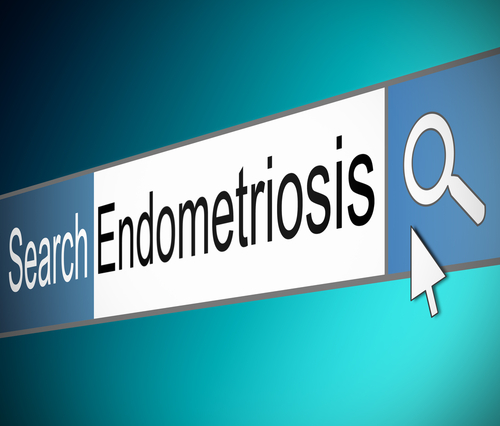A recent review of the role of aromatase inhibitors, drugs that inhibit the conversion of androgens to estrogen, in various gynecological diseases including endometriosis was published in the Journal of Ovarian Research.
The aromatase is an enzyme needed to produce estrogen throughout the body and its inhibition by various drugs was first applied to hormonal-dependent cancers such as breast cancer.
Endometriosis is a common and chronic disease characterized endometrium cells that normally grow inside the uterus begin to grow outside the uterus, leading mainly to infertility and pelvic pain, usually during menstruation. Although its causes are not fully understood, it is believed that most symptoms and complications are dependent on estrogen levels. Furthermore, other studies have shown that endometriotic lesions locally express aromatase and other enzymes and proteins, providing a constant flow of estrogen and prostaglandins and perpetuating the disease. This positive feedback loop increases these endometriotic lesions outside the uterus’ ability to proliferate, cause the growth of new implants and inflammation and the proliferation of new blood vessels.
Non-surgical treatment of endometriosis usually aims to reduce estrogen levels as to reduce pelvic pain, minimize the need for surgical interventions and preserve fertility. The aromatase inhibitors greatly decrease estrogen production in the ovary, but also in other tissues as the brain or abdominal fat, and even in endometriotic lesions. As a result, various studies show that aromatase inhibitors are effective at treating pelvic pain from endometriosis. The two most used drugs are anastrazole (1 mg daily) and letrozole (2,5 mg daily). Furthermore, aromatase inhibitors not only help in pelvic pain, but are also considered to reduce lesion size and improve the overall quality of life of patients.
Their most feared adverse effect is osteoporosis in long-term use. Nevertheless, there are regimens that include other drugs like progesterone and oral contraceptives (i.e. the pill) that show no significant bone loss after 6 months of treatment and may be suitable for long-term use.
Regarding infertility, other important negative feature of endometriosis, studies of the role of these treatments in endometriosis and other causes of infertility are ongoing. They are already a treatment option for some causes of infertility and good results of treatment of infertility related to endometriosis are expected.
In conclusion, although there is a need for further robust studies comparing the use of aromatase inhibitors to other established medical treatments, they are promising drugs for the treatment of endometriosis symptoms.

